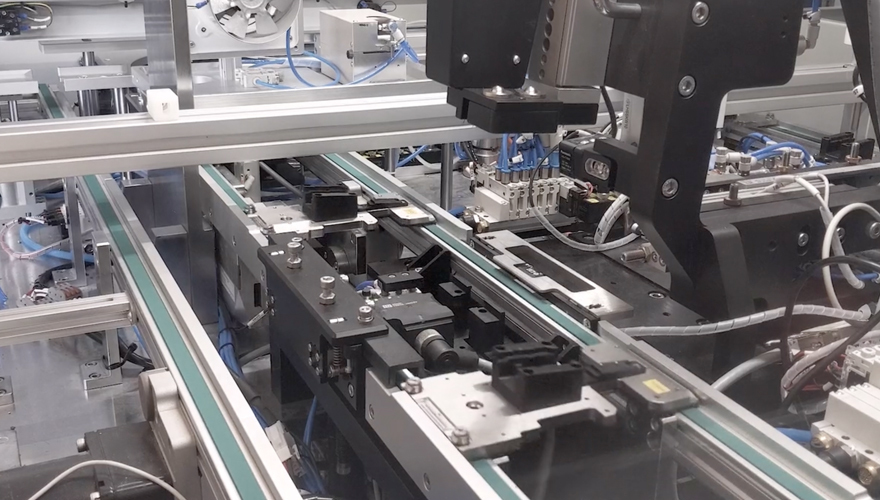Article
Innovation Principle #8: Focus on Options First, Not the Solution

Focus on the World of Options First to Be the Most Creative
The problems that innovators seek to solve can be big or small, common or uncommon, unusual or everyday. Regardless of how complex or mundane the problem may be, the road to discovering a truly innovative solution is rarely immediate or direct. There is value in putting the idea of the ultimate solution out of mind, instead, focusing on generating a variety of options that might evolve into the breakthrough solution you seek. After all, great ideas often come from our rational brain when we’re not thinking about them at all (in the shower, before bed, when you wake up, on a run, etc), and innovative solutions are often derived from combinations of options, not the first solution. Moreover, when you think in terms of options first, you maintain the mental freedom and flexibility that good ideation needs, not the politics and critics that kill creative thinking up front.
Engaging Your Right Brain in the Innovation Process
The stereotype is that creative right-brained people are more exploratory, more emotional, and maybe more random or disorganized while analytical left-brained minds tend to be very structured and linear, focusing on Point A to Point B. In reality, we want both types of thinking with innovation. We want to use our creative mind to think in terms of Point A to…a World of Options first…that is exploratory and divergent and emotional and random…which may seem disorganized, but may eventually be critical and analytical to get to a Point B. The innovation process first needs to be open and broad so that Point B is influenced by your most creative thinking, not the first quick Point B solution derived by leadership, politics, or outspoken personalities. This is particularly beneficial early in the ideation process when it’s valuable to have many ideas to get inspiration from.

100:1 principle says 100 ideas will produce one innovative one
It’s been said that generating 100 ideas will assure that you find at least one good idea. If that seems daunting, try writing 10 ideas in 10 minutes. Either way, distinguish ideation from decision making to be creative. At Fresh, we routinely come up with 100 ideas using our tool InventValue for the simplest or most complex of problems. The goal is to produce a high quantity of differing ideas. By creating a multitude of options, you are more likely to eventually land on an innovative solution. Despite the principle, the reality is that those 100 ideas influence the resulting 1 single combined idea that becomes the innovative solution.
Establish a No Judgment Open Thinking Zone with more “Ands” and less “Buts”
When innovating in groups, make sure that everyone feels confident to go for it. Set “no criticism” or “off the record” rules – or, better yet, intentionally brainstorm super bad ideas to get out of the box of analytical thinking. Tina Seelig, Stanford University professor, creativity expert, and author of Insight Out: Get Ideas Out of Your Head And Into the World, explains, “Stupid or ridiculous ideas open up the frame by allowing you to push past obvious solutions. There is no pressure to come up with ‘good’ ideas.”
If you’re thinking of options in a group, use the word “and” as much as possible and try to avoid “but” to keep the conversation as open as possible. When coming up with options, it’s best to encourage divergent thinking, not convergent or critical analytical thinking.
Options First Eventually Lead to the Innovative Solution
Once you have a good pool of options to choose from, you can then set about identifying the ideas that have the best potential for becoming innovative solutions. That’s when critical thinking and analytical skills become more important, yet too often we try to be analytical experts up front and kill good ideation, especially in group settings. When you have a pool of options and ideas, terrible ideas contrast with good ones. Half ideas are combined with other half ideas. Good ideas rise to the top, pulling from the inspiration below. That’s why focusing on options up front eventually lead to more innovative solutions.









